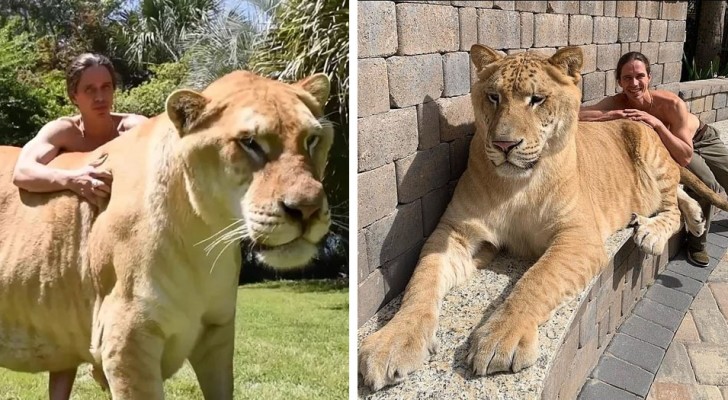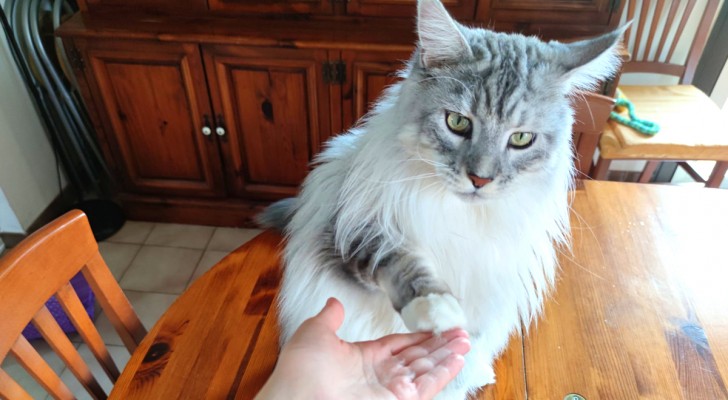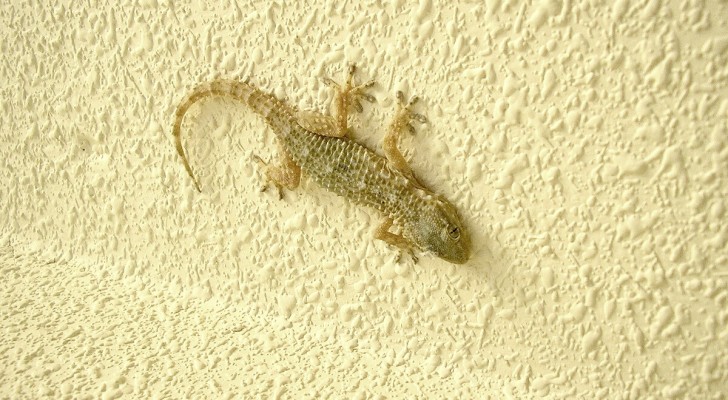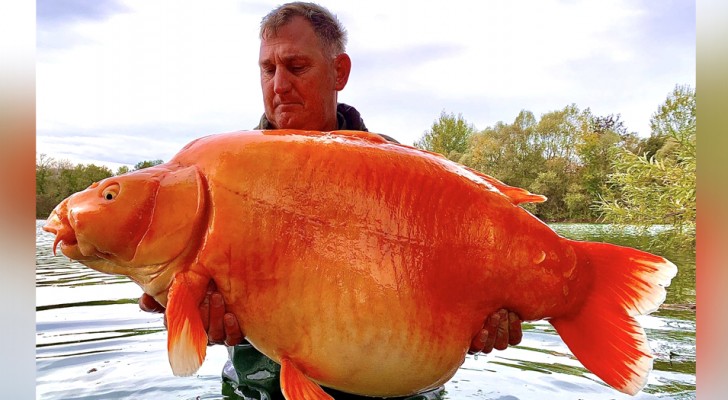21 very rare animals whose existence you were certainly not aware of
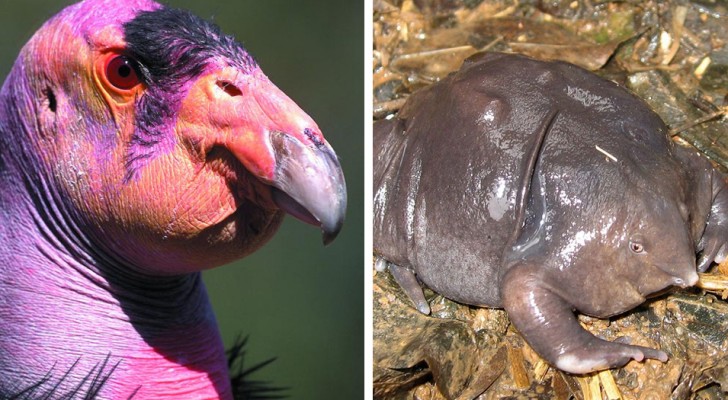
Today we are going to show you 21 animals too strange to really exist and in some cases, unfortunately, this is literally the truth.
In fact, several of these species are at risk of extinction due to the reduction of their natural habitat because of the spread of human beings on the planet or as a direct cause of the specimens being hunted to almost extinction.
Others, however, more fortunate, are simply strange creatures that live in remote corners of the earth and do not happen to see them every day.
Here are all of the 21 captured images.
1. Golden Poison Frog

The Golden Poison Frog with the eloquent Latin name of "Phyllobates terribilis" is among the most poisonous animals on earth. Despite their very small size, their poison is so powerful that it is used by the Native Colombian Indians to create poisoned arrows and the toxins of a single specimen can kill two elephants. Very rare, they live only in the pluvial forests of Colombia.
2. Fennec Fox

nationalgeographic/Francisco Mingorance
Also known as the "desert fox", the Fennec is the smallest canine in the world and lives only in North Africa. Curious and intelligent, it hides underground as soon as it feels observed. This is why the nomads call it "desert goblin'. Of mild temperament, the Fennec purrs like cats when it is happy.
3. Desert rain frog
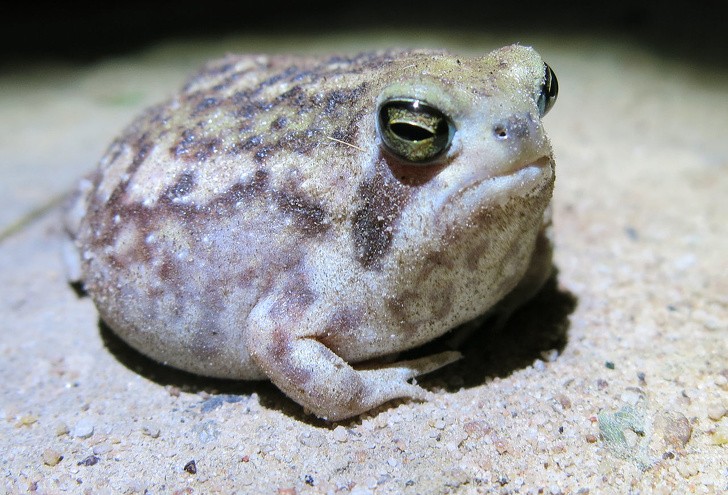
If you imagine from the photo a Mr. toad, nice and fat, you could not be further from the truth. In fact, it is the smallest frog in the world and does not measure even one centimeter. It is currently at risk of extinction due to diminishing desert lands.
4. Giant Japanese Spider Crab
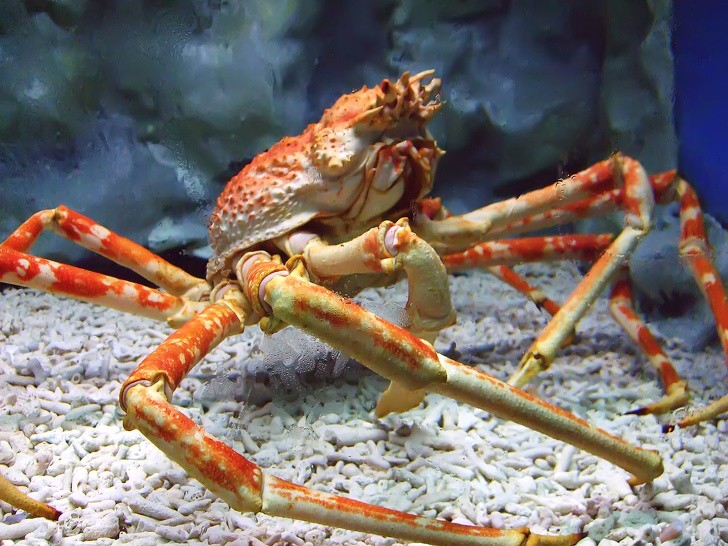
As can be guessed from its common name "Giant Japanese Spider Crab", the Macrocheira kaempferi is the largest arthropod in the world and can be found in the seas of Japan. Its body measures an average of 15.7 inches (40 centimeters), but the full extension of its paws reaches a length of 18 feet (five and a half meters).
5. Scipio

This funny-looking monkey has a nose that looks like something out of a comic book. The nose of the male specimen is generally larger and scientists believe that the bigger it is, the more it is attractive to females.
6. Wolf eel
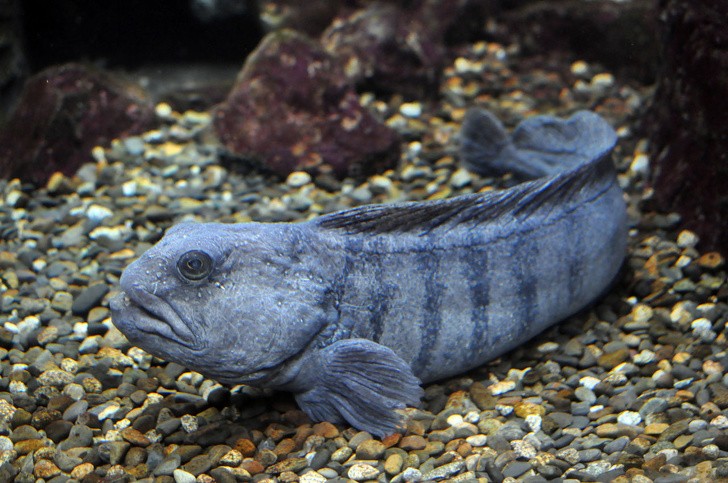
The Wolf eel is actually a fish and an excellent example of the saying "Do not judge a book by its cover'. In fact, its scary and aggressive appearance deceives because actually, it is a very shy and inoffensive creature. It produces a natural antifreeze that allows it to survive in very cold waters.
7. Saiga Antelope
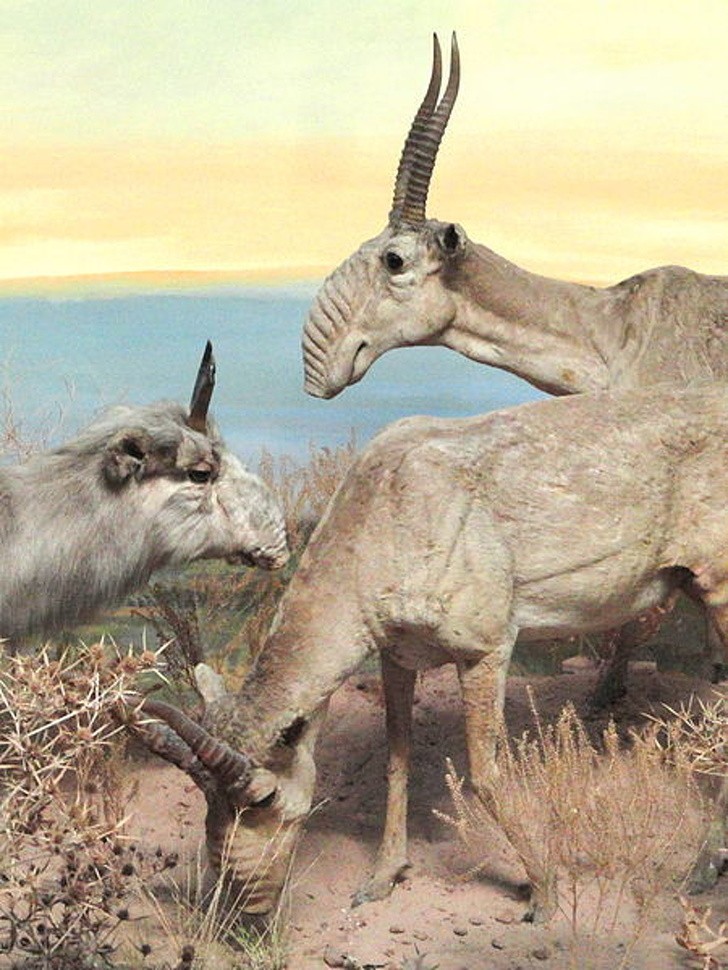
The Saiga Antelope with its very large nose is another version of the common antelope. However, the Saiga tatarica is a species of antelope that is critically endangered and is now found only in some parts of Russia.
8. Lori Gracile
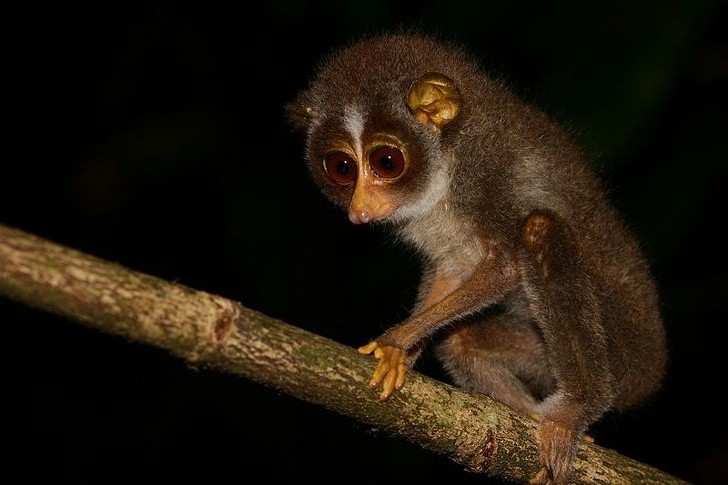
The Lori gracile is a primate found in Sri-lanka that moves extremely slowly from one branch to another. Its funny face earned it the name Lori which means "clown" in the local language.
9. Purple frog
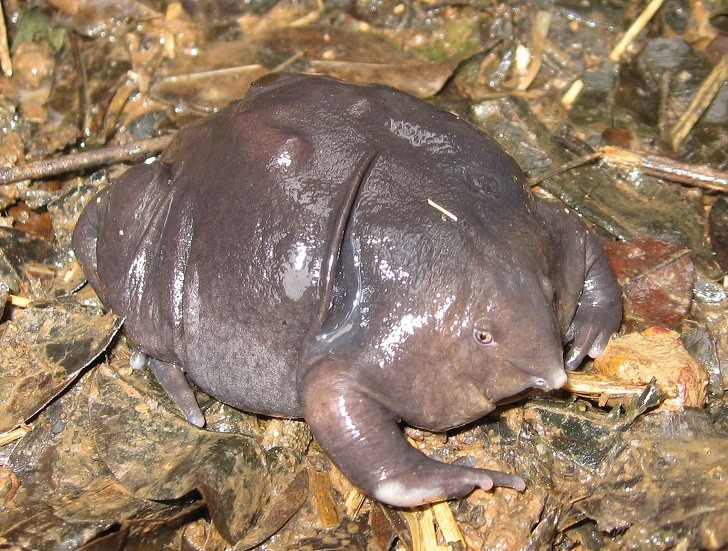
The purple frog is the only survivor of a group of amphibians that evolved 150 million years ago. It spends most of its time underground and emerges on the surface only a few weeks a year to mate.
10. Aye-Aye
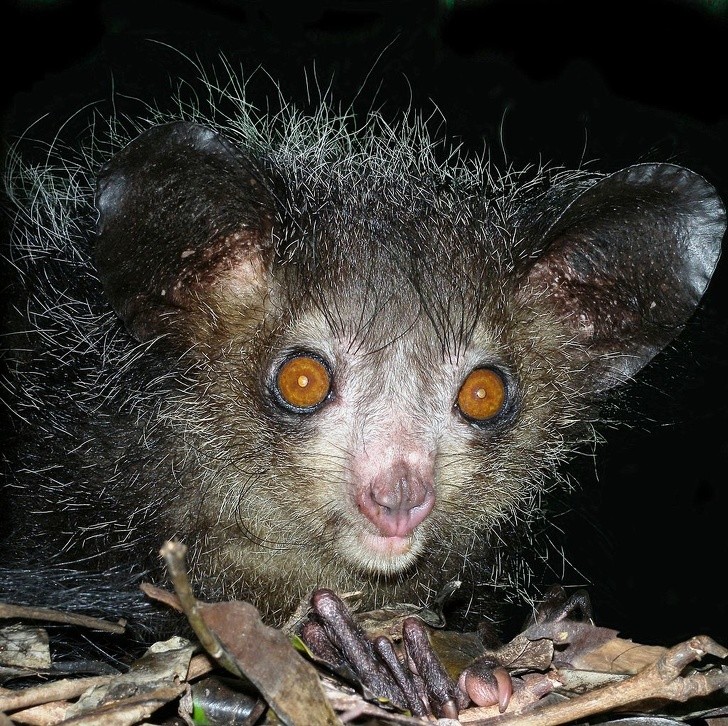
This primate with the look of a madman lives in Madagascar and for a time was believed to be extinct. Today it is still at risk, but this does not discourage it from frequenting towns and villages without fear of humans. A curiosity --- its teeth never stop growing.
11. Sea pig
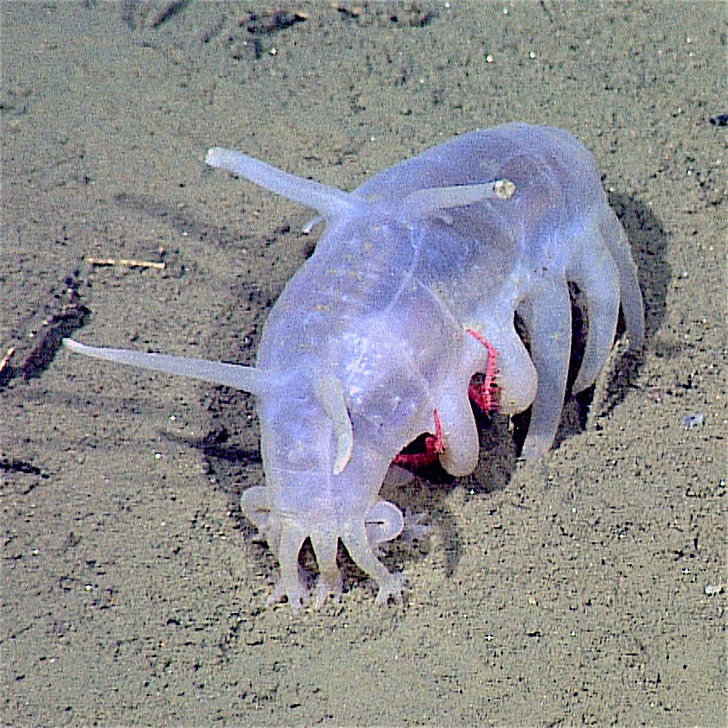
Scotoplanes aka "sea pig", although they do not resemble a pig at all, have earned this nickname due to their eating habits. They are in fact the scavengers of the ocean floors and they eat everything that they can find.
12. Piteco Dorato
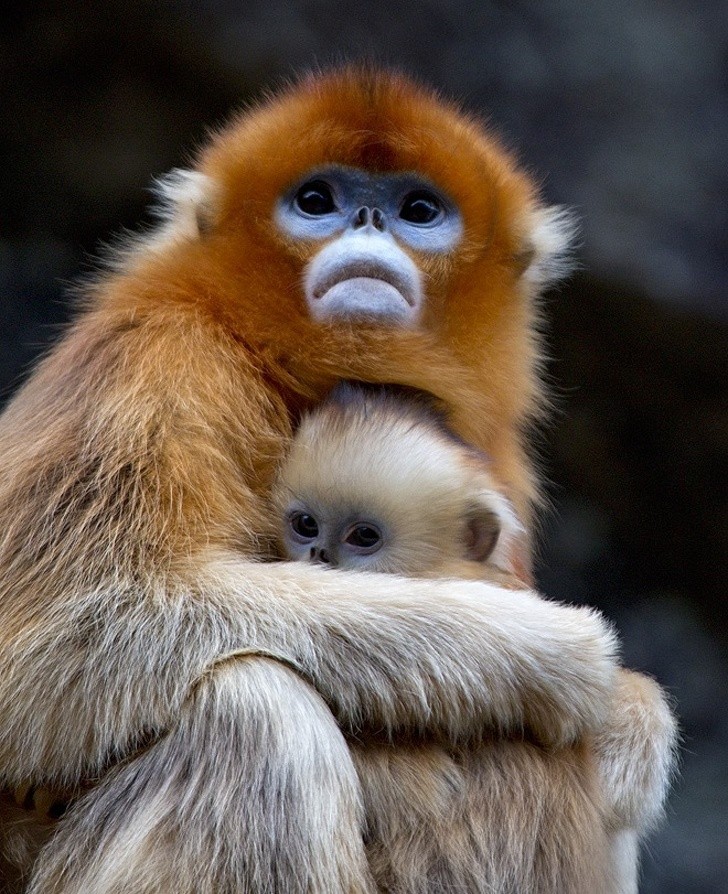
It is one of the few primates that manages to survive in harsh climates thanks to its thick orange fur. It is found in certain areas of China and its small nostrils give it a very expressive face, similar to that of human beings.
13. Ploughshare Tortoise th
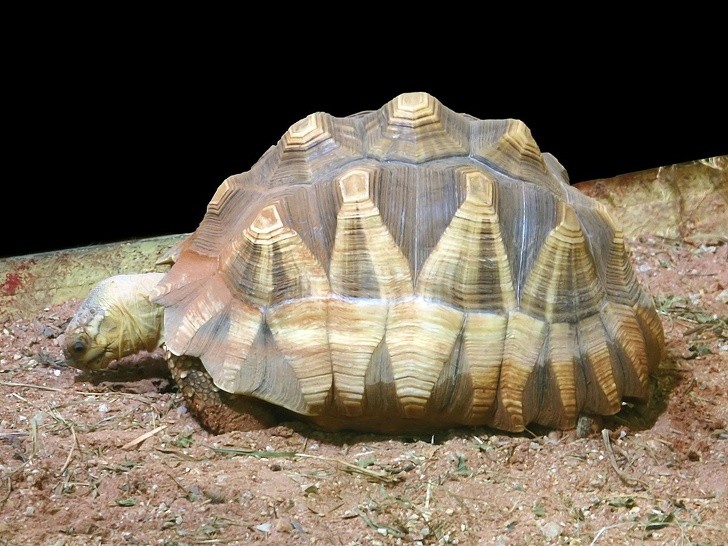
This is the Ploughshare Tortoise, another endangered species of Madagascar where it is known as "angonoka". They have a very particular shell due to its shape and color and unfortunately, their number continues to decline over the years.
14. Californian Condor
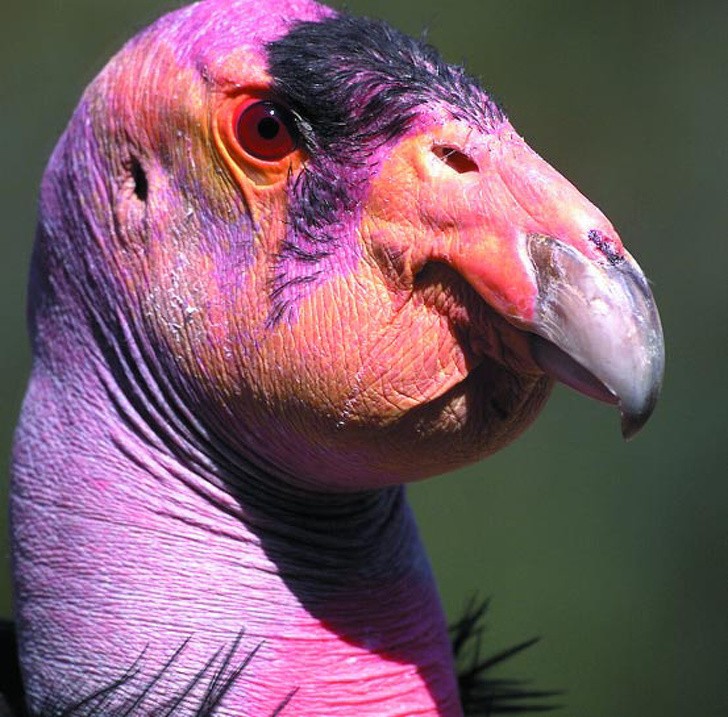
This particular type of Californian condor known as "Gymnopsys Californianus" has a very nice multi-colored face and beak. Unfortunately, it has not fared well as a species. When Europeans arrived in the Americas, there were millions of these birds. However, in 1985 the entire population counted nine specimens. After several restocking programs, its situation is less tragic but still at risk.
15. Saddleback Caterpillar
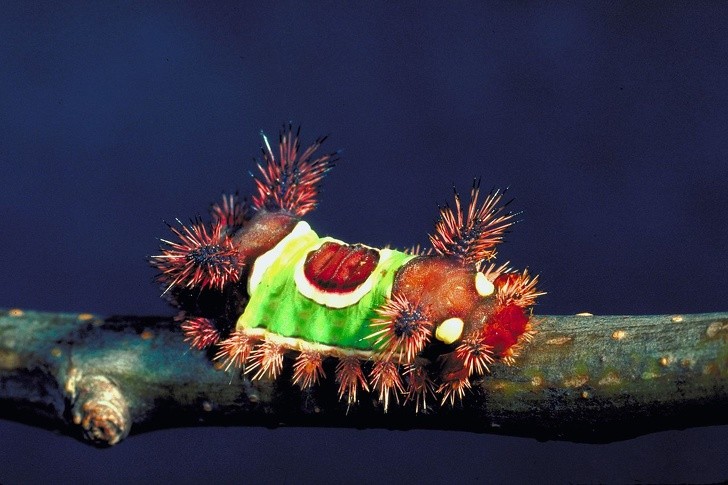
This cute Saddleback caterpillar owes its name to the curious coloring on its back that recalls a saddle and, to some, it brings to mind the little coats that some small dogs wear! Better not to exceed with tender thoughts because its fur secretes a very painful irritating poison!
16. Blue-footed booby
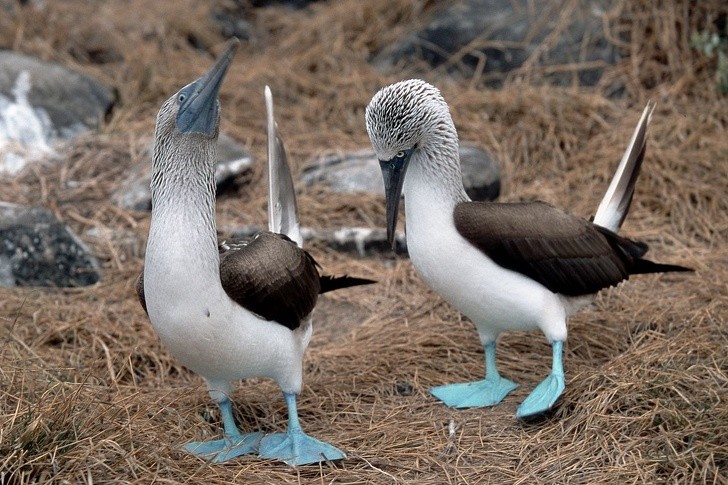
This surreal bird has a light blue beak and feet. It is widespread in most of Central America and in Spanish, its name means "foolish" because of the very awkward way it walks.
17. Patagonian mara
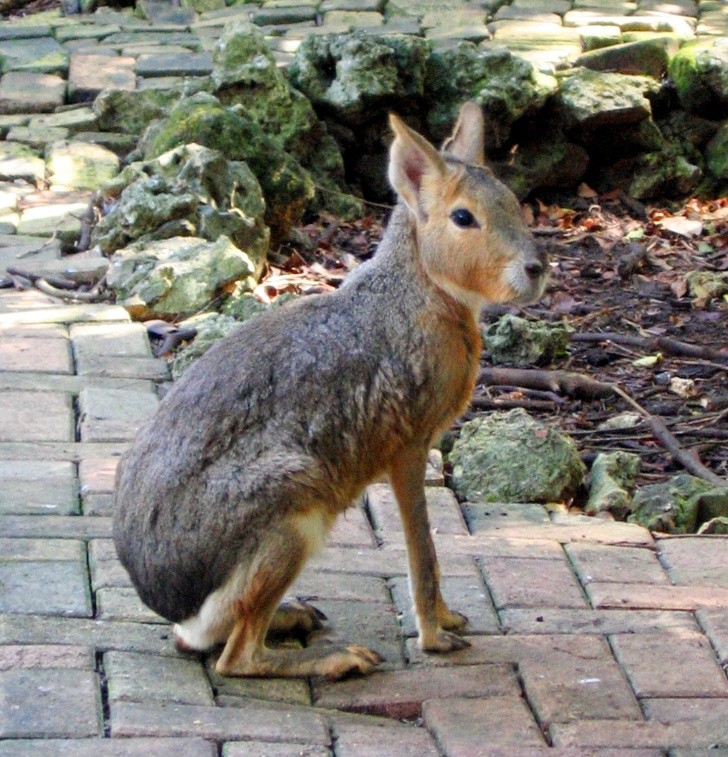
The Patagonian mara is a kind of large rodent with the back legs of a kangaroo, the front ones of a deer and rabbit ears. It lives only in Patagonia and its similarities are not only aesthetic because it is, in fact, an excellent jumper and excellent runner.
18. Mantis shrimp (Stomatopoda)
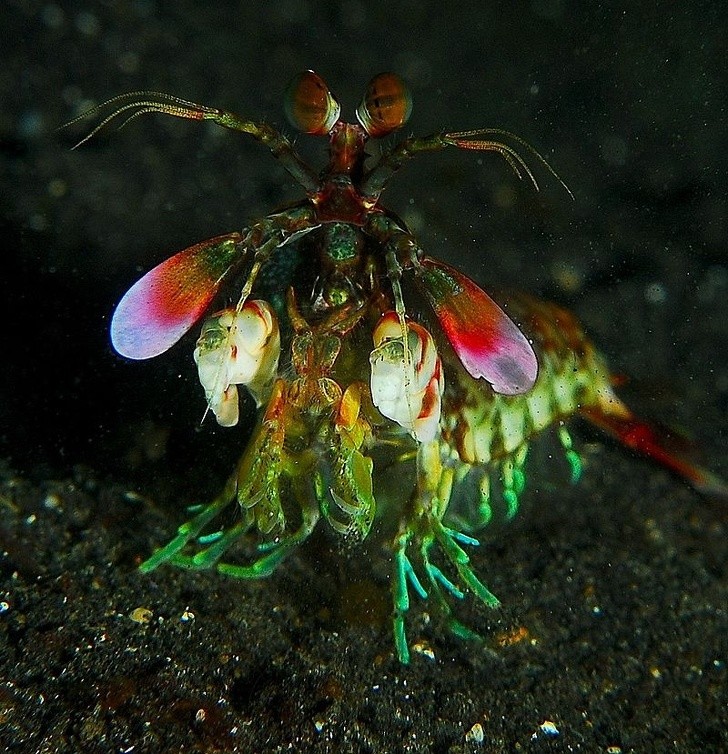
They look like a crossing between a shrimp and a praying mantis. They live in the sea and their resemblance to a praying mantis is not only aesthetic. In fact, their claws are robust and they can attack at high speeds, so much so that scientists must study Mantis shrimp in resistant plastic containers because they can easily break glass containers.
19. Okapi aka the Forest Giraffe
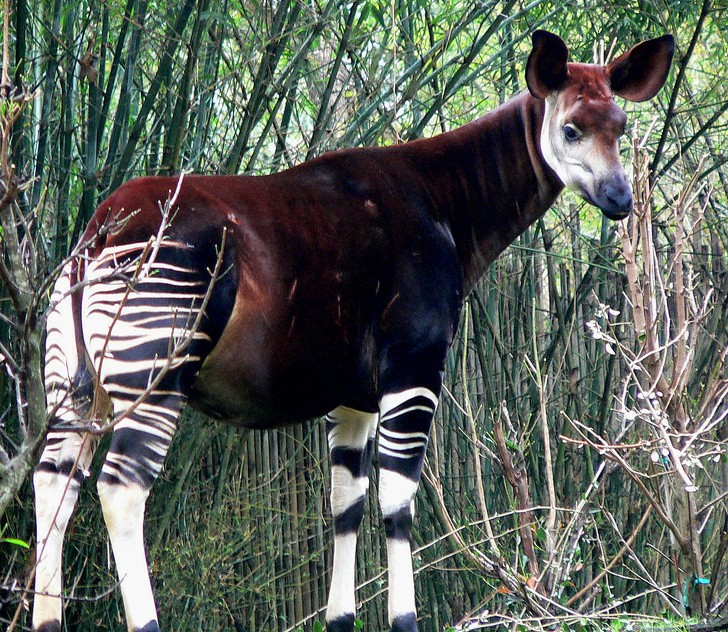
We continue with animals like the Okapi that resemble strange hybrids, with their half zebra and half giraffe body (it is the only specimen belonging to the family of the Giraffids). But not only --- Okapi males also have small horns that remain under the skin.
20. Pacu Fish
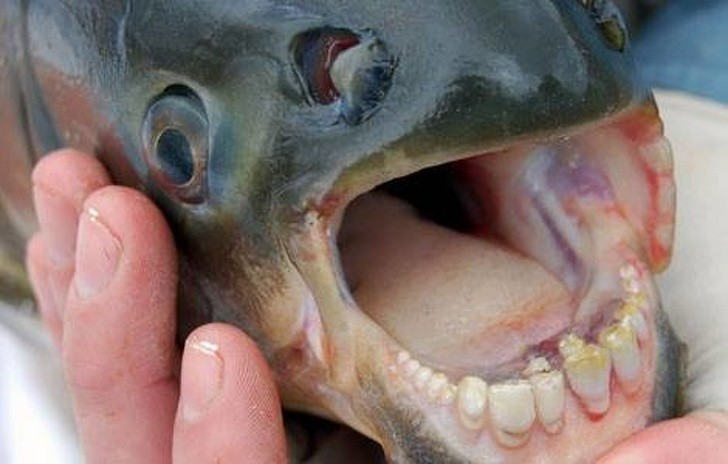
Pacu Fish are related to piranhas but have a herbivorous diet. In fact, their main feature is the shape of their teeth. Unlike most other fish that gave sharp tapered teeth, Pacu Fish instead have teeth that resemble those of a human being.
21. Blue Glaucus aka Glaucus Atlanticus
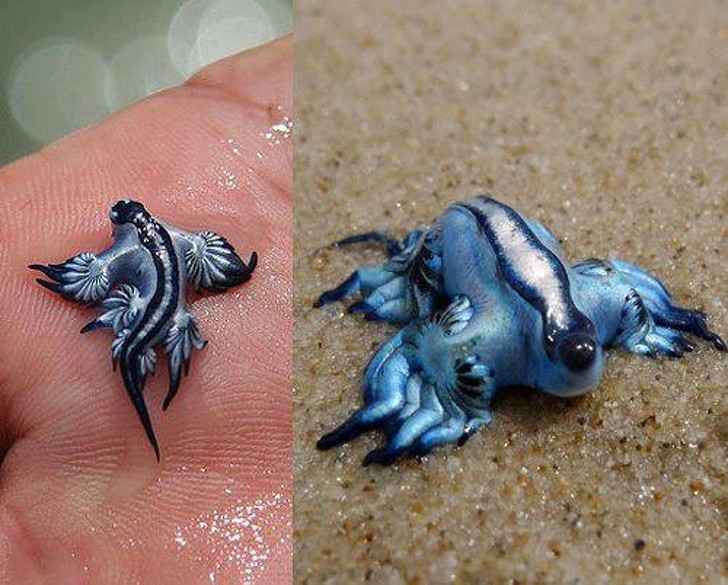
In the Anglo-Saxon countries, it is called, with great imagination, "Blue Dragon", as it measures just one inch (3 cm). To defend itself from predators, it takes on very bright colors. It is not naturally poisonous, but it can store poison from food and release it if it is attacked.
